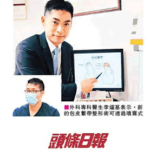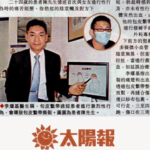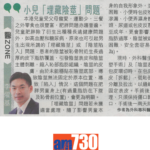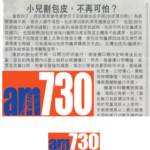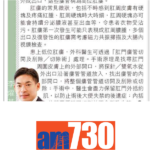Cause
Presentation
Diagnosis
Experienced doctor can make an immediate diagnosis by clinical examination.
Treatment
Conservative Treatment
Conservative treatment of chalazion (including local heat therapy and keeping proper eyelid hygiene) has the chance of cure of more than 50%.
Applying tolerable warm to hot wet clean cloth or tissue paper covering the chalazion can melt the solid lipid secretion at the outlet plugging of the meibomian gland. This would open the gland outlet and allow the content of the meibomian gland to drain out. Patients should apply moderate heat wet cloth or tissue paper and moderate pressure to the chalazion for 15 minutes, 2-4 times a day until the chalazion resolves.
"4 finger 10 times massage" is another method of conservative therapy. After a bath or shower, the patient warms his or her hands and eyelids with warm water. Rub their hands with a non-eye-irritating baby shampoo until shampoo foam forms. The patient closes his or her eyes and massages the edges of the closed eyelids back and forth 10 times with shampoo foam using the index finger. Repeat the process with the middle finger, ring finger, and little finger. Finally, wash away the remaining shampoo.
If the chalazion does not resolve with conservative management, please seek advice from an experienced doctor.
Surgery
If conservative measures fail or increasing redness, pain, and swelling (signs of abscess) appear, then surgery is indicated. In the clinic, experienced surgeons can apply local anesthesia to the eyelid, cut open the chalazion, and perform surgical curettage. This surgery takes a few minutes to perform. Patients can return to work or school the next day after the surgery. As there are effective medications being used (e.g., long-acting local anesthesia, analgesia, and antibiotics), postoperative pain and complication chances are minimal. The wound usually heals in a few days to one week. Please ask your doctor for advice.




